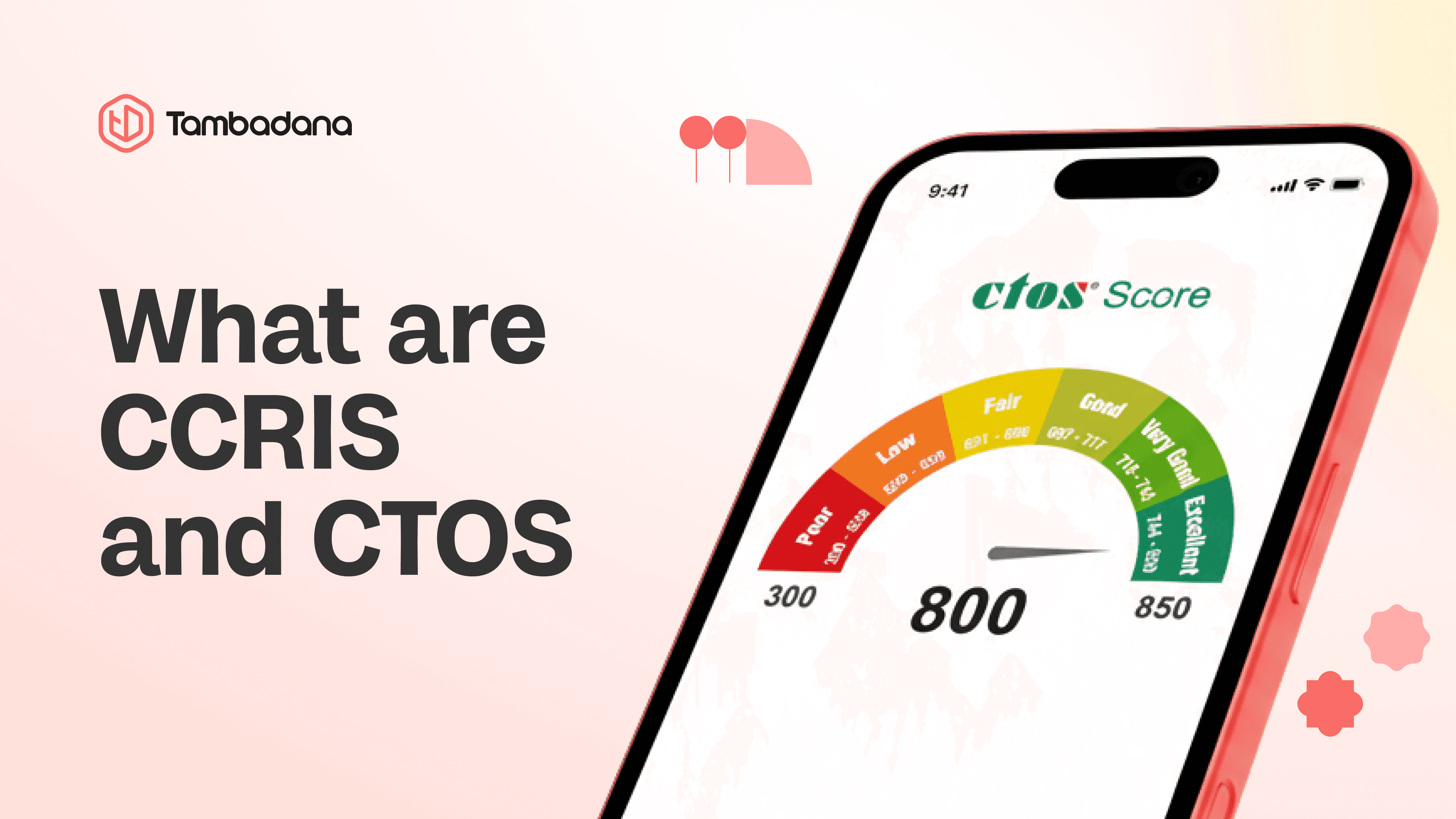Microloans in Malaysia: What They Are and How They Work
Microloans in Malaysia: What They Are and How They Work
Microloans have become a popular financial solution in Malaysia, particularly for individuals and small businesses in need of quick access to small amounts of capital. Understanding what microloans are and how they work helps potential borrowers make informed financial decisions.
- 1.
What Are Microloans?
- 2.
How Do Microloans Work?
- 3.
Key Features of Microloans
- 4.
Benefits of Microloans
- 5.
Challenges and Considerations
What Are Microloans?
How Do Microloans Work?
The process of obtaining a microloan in Malaysia is simple and typically involves the following steps:
1. Application: Borrowers fill out an application form, often available online for quick access.
2. Documentation: Required documents might include identification (MyKad), proof of income, and bank statements. Business-related loans might also require a business plan.
3. Approval: Microloan lenders generally approve applications faster than traditional banks, often within 24 hours to a few days.
4. Disbursement: Upon approval, funds are directly transferred to the borrower’s bank account, allowing for immediate access.
5. Repayment: Microloans typically have short repayment terms, requiring regular installments over a few months to a couple of years.
Key Features of Microloans
- Small Loan Amounts: Microloans typically range from RM1,000 to RM10,000, ideal for minor financial needs.
- Short Repayment Terms: Repayment periods usually range from 6 months to 2 years.
- Higher Interest Rates: Due to higher risk, microloans often come with elevated interest rates compared to traditional cash loans.
- Flexible Eligibility Criteria: Lenders focus on the borrower’s current ability to repay rather than their credit history, making microloans accessible to a wider audience.
Benefits of Microloans
- Quick Access to Funds: The streamlined process ensures that borrowers receive funds quickly.
- Financial Inclusion: Microloans offer credit opportunities to individuals and small businesses often excluded from traditional banking services.
- Support for Entrepreneurs: Small business owners can use microloans as capital for launching or expanding their operations.
Challenges and Considerations
While microloans have clear advantages, borrowers should also consider the following challenges:
- Higher Interest Rates: Borrowing costs may be higher due to increased interest rates.
- Short Repayment Period: The short repayment schedule might require higher monthly payments.
- Risk of Debt Cycle: Without careful planning, borrowers risk falling into a cycle of debt by relying on new loans to pay off old ones.



